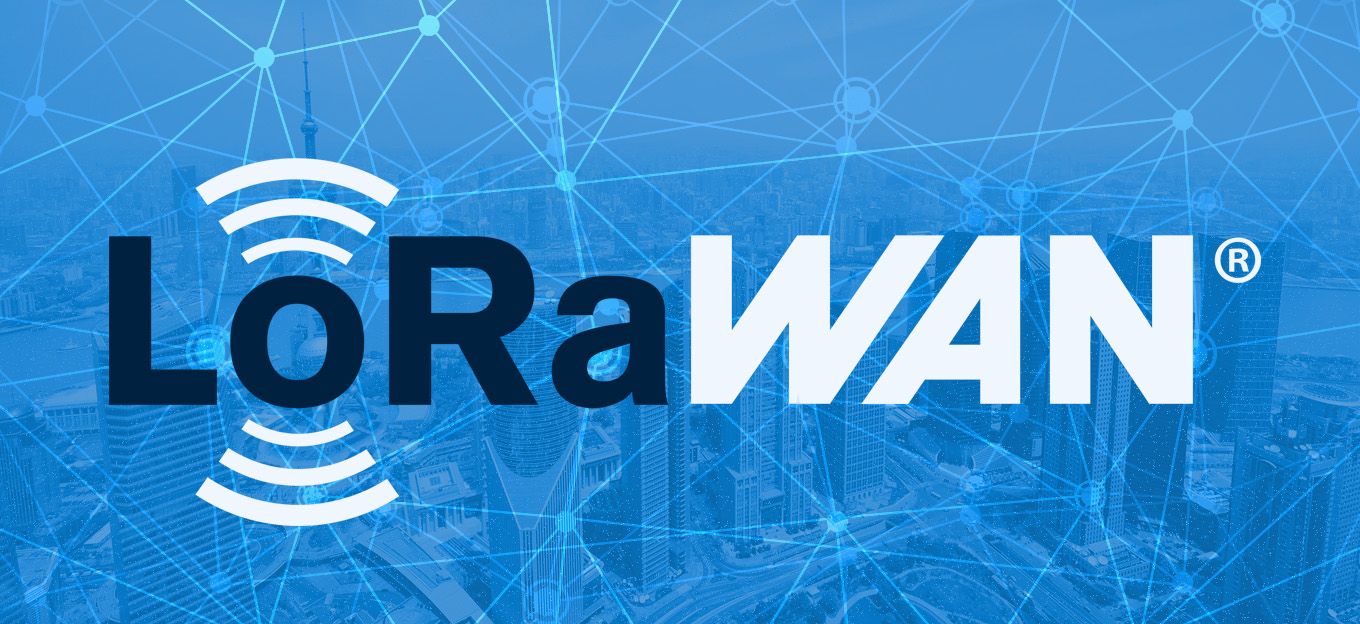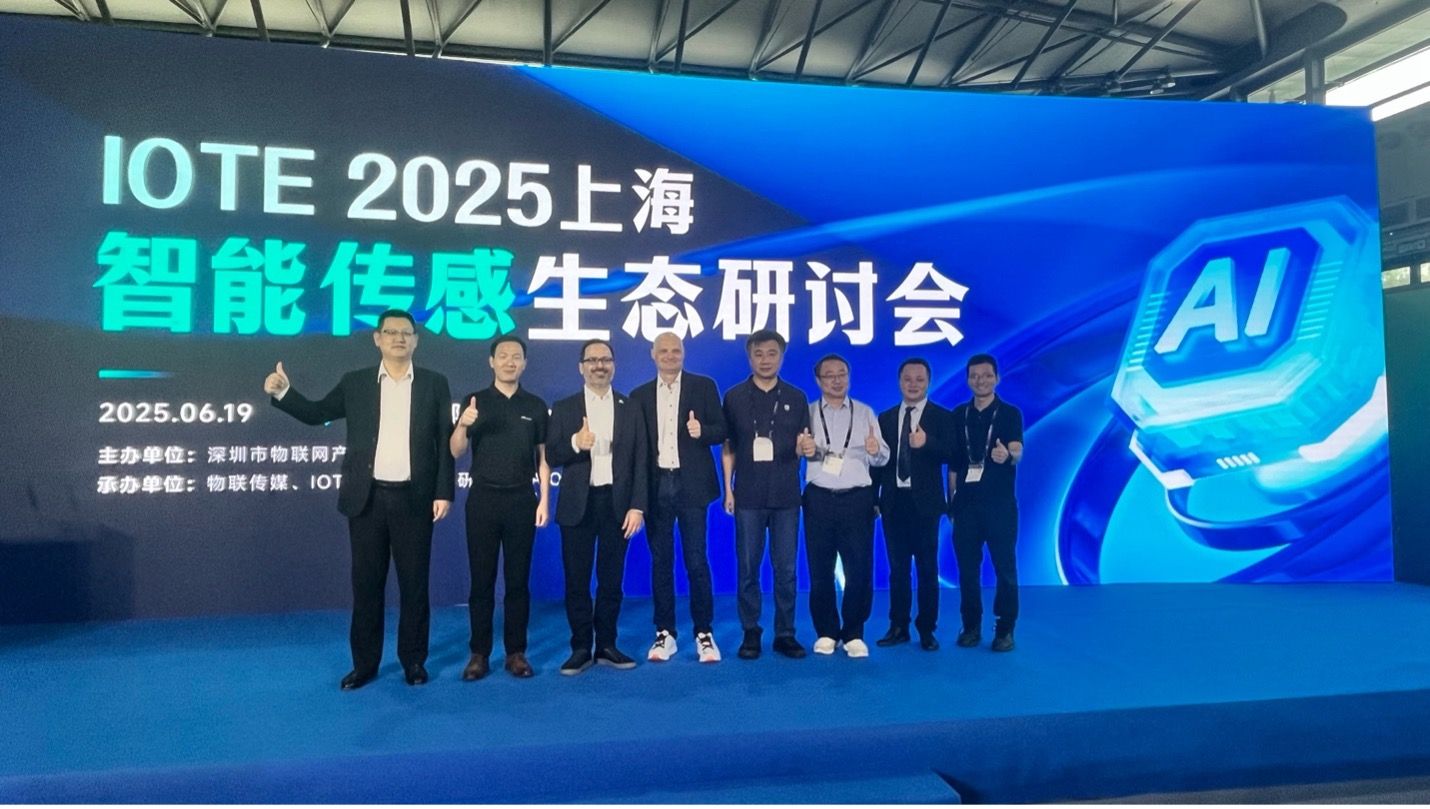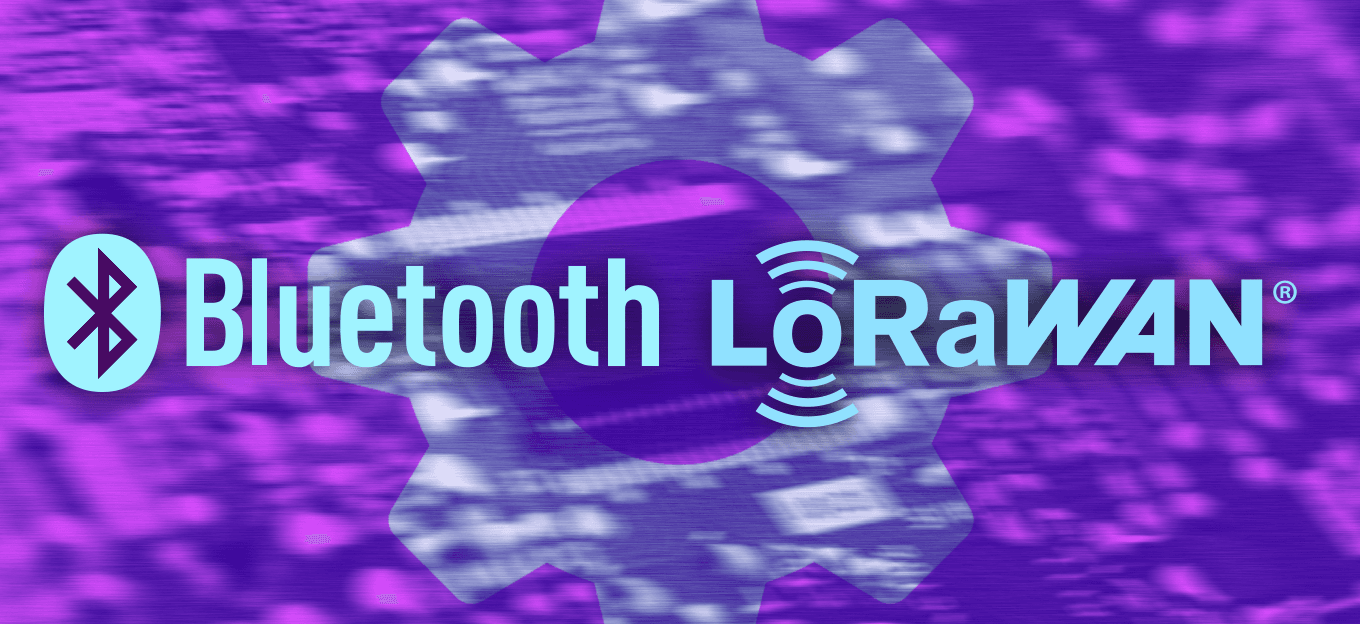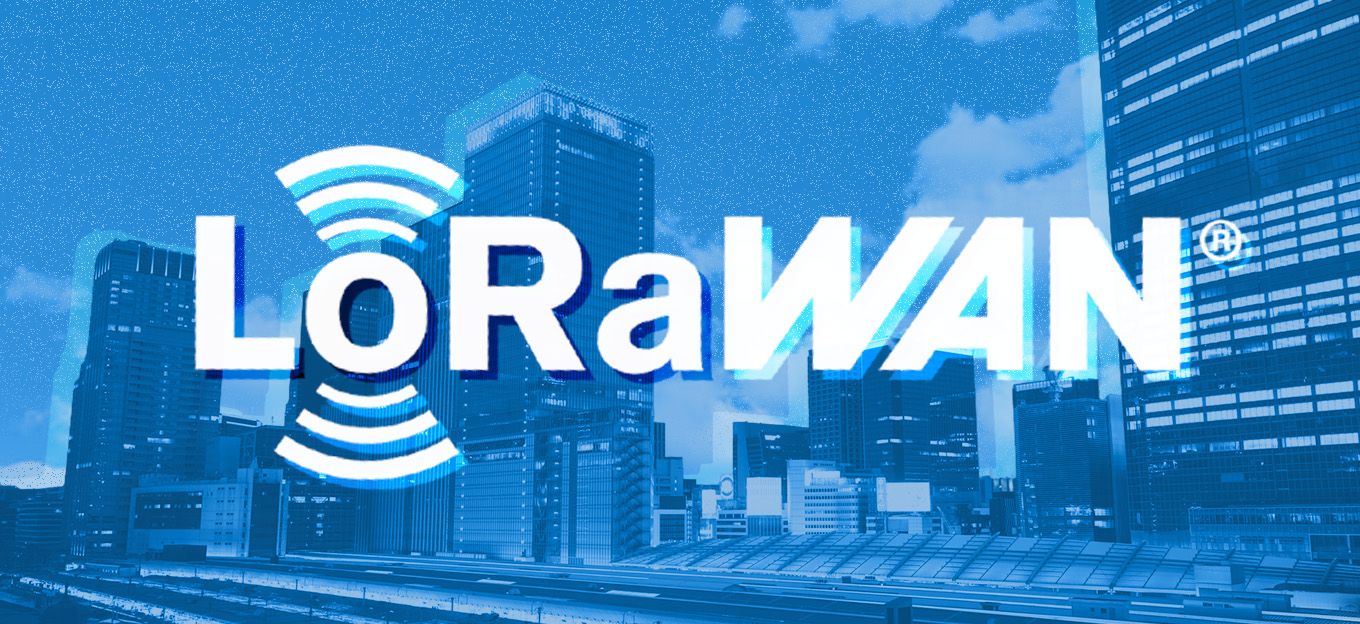How China is Driving Innovation, Agility and Scale with LoRaWAn
How China is Driving Innovation, Agility and Scale with LoRaWAn
- Last Updated: July 23, 2025
LoRa Alliance
- Last Updated: July 23, 2025



Alper Yegin, CEO of LoRa Alliance, recently returned from the IOTE Shanghai conference and expo, and his main takeaway was that LoRa and LoRaWAN have significant momentum in China. This may seem surprising, given the Chinese Government’s endorsement of NB-IoT for public networks several years ago.
However, given the strengths of LoRa and LoRaWAN technology, as well as the ambitions of Chinese manufacturers to export globally, LoRa/LoRaWAN technology has continued to gain adoption and ramp deployments, both domestically and internationally, for Chinese companies.
The State of LoRa and LoRaWAN in China
During several conversations at the show, Alper gained a deeper understanding of the current state of LoRa and LoRaWAN in China. Currently, there are more than 410 million LoRa chips in the global market, and approximately 110 million LoRaWAN devices.
However, last year, 40 percent of LoRa chips used LoRaWAN, which continues to gain share in LoRa use cases driven primarily by the accelerating export market and ongoing migration to LoRaWAN, even in China.
For wide-area networks that require public network operators, China still relies on NB-IoT, although adoption is slowing under pressure from 3GPP’s LTE Cat 1bis. However, for campus-wide private networks, LoRa/LoRaWAN has the most momentum.
For the local market, Chinese companies utilize a combination of LoRaWAN and LoRa, along with a proprietary communication stack. There are several reasons behind the use of LoRa with a proprietary stack as opposed to standard LoRaWAN.
Some are due to misconceptions, such as “LoRaWAN is only needed when used with a public network,” “It’s easier to build your communication stack, rather than use the standard,” or “Using LoRaWAN is more costly and less efficient than a home-grown solution,” among others. A lack of understanding of LoRaWAN’s capabilities and a lack of awareness of its traction internationally also contribute to the use of proprietary protocols in China.
Alper also heard several valid reasons why companies are not using LoRaWAN, such as its lack of support for mesh or sub-second round-trip communication, which has rightfully forced some vendors to design proprietary solutions.
This highlights the importance of the Alliance engaging globally with its members and the larger LoRaWAN ecosystem. As we continually evolve LoRaWAN technology, we are always open to adapting to the changing needs of the market. Meeting with members and gathering their input to drive development roadmaps will help close such gaps and accelerate the adoption of LoRaWAN across the board.
LoRaWAN on the Show Floor

The IOTE Shanghai exposition was co-located with MWC China, bringing together the device and networking communities, with a full hall dedicated to IoT. A wide range of wireless communication technologies was exhibited, including cellular, LoRa/LoRaWAN, BLE, NFC, RFID, and UWB.
Several LoRa Alliance members showcased their products and solutions, including Dragino, Four-Faith, Milesight, and Minew. The LoRa Alliance delegation also met with Browan Communications, Lierda, Semtech, and Wika. It also engaged with several companies that, although not yet members of the Alliance, expressed a strong interest in migrating more towards LoRaWAN and joining, as that is the key to exporting internationally.
The show floor made a compelling case for the LoRaWAN innovation taking place in China. Walking the floor, Alper witnessed or heard about several types of LoRa/LoRaWAN devices and deployments, including: a connected worker helmet, wristwatch, trackers half the size of a match box, drones, cleaning robots, lawn mowers, air conditioners, thermostats, ground heat systems, solar panels, fall detection sensors, light controllers, meat thermometers and a leaf moisture sensor.
This variety of applications illustrates how flexible LoRaWAN is and its ability to meet several differing requirements sets.
LoRaWAN on the Program
LoRaWAN had a strong presence in the event program, further emphasizing its growing presence in China. Alper’s presentation was designed to educate the audience about LoRaWAN and share success stories, particularly those coming from China.
These stories featured solutions serving both China and international markets, as several companies are exclusively exporting their solutions worldwide. Cheney Li from Milesight, a very active company within the Alliance, presented its broad LoRaWAN product portfolio and shared its global success stories.
Robert Comanescu from Semtech shared the company's product portfolio, including its recent Gen 4 release and technology roadmap, and special thanks to Steffi Sun, General Secretary of World AIoT Innovation Alliance, for helping with the presentations.
Building the LoRa Alliance Footprint in China
The LoRa Alliance has a long history of engagement in China. Before the government backed NB-IoT, players such as Alibaba, ZTE, and Tencent were active at the Board level.
Although participation declined in the wake of that decision, our membership has been rebuilding over the past few years, now numbering more than 20, with significantly more companies than that building LoRa/LoRaWAN products in China.
We must collaborate with Chinese manufacturers as deployments begin to scale, even in the absence of public LoRaWAN networks, because private LoRaWAN deployments are rapidly accelerating.
Part of Alper’s mission at IOTE Shanghai was to engage with the Alliance’s Asia and China ecosystem. LoRa Alliance Board Vice-Chair Henry Huang, CEO of Browan Communications, has formed a dedicated group focused on engaging this key region and participated in our delegation at the show, facilitating our meetings there.
Member companies Milesight and Semtech also supported our outreach at the event. We will be back in China at the upcoming IOTE Shenzen event, where LoRa Alliance Board Chair Olivier Beaujard, of Semtech, will join several of our members to meet with the China ecosystem.
Strong Momentum
IOTE Shanghai made it very clear that LoRa and LoRaWAN have strong momentum in China, both for domestic use and for devices manufactured for global export. China plays a key role in the global device supply chains, making a compelling case for its ability to innovate, be agile, and scale with LoRaWAN.
The Alliance looks forward to continued engagement with the growing Chinese LoRaWAN ecosystem and working to ensure that local members understand the value of membership in the LoRa Alliance and how it can support their long-term strategies for their LoRaWAN products.
The Most Comprehensive IoT Newsletter for Enterprises
Showcasing the highest-quality content, resources, news, and insights from the world of the Internet of Things. Subscribe to remain informed and up-to-date.
New Podcast Episode

Moving Past the Pilot Phase in IoT and AI
Related Articles


